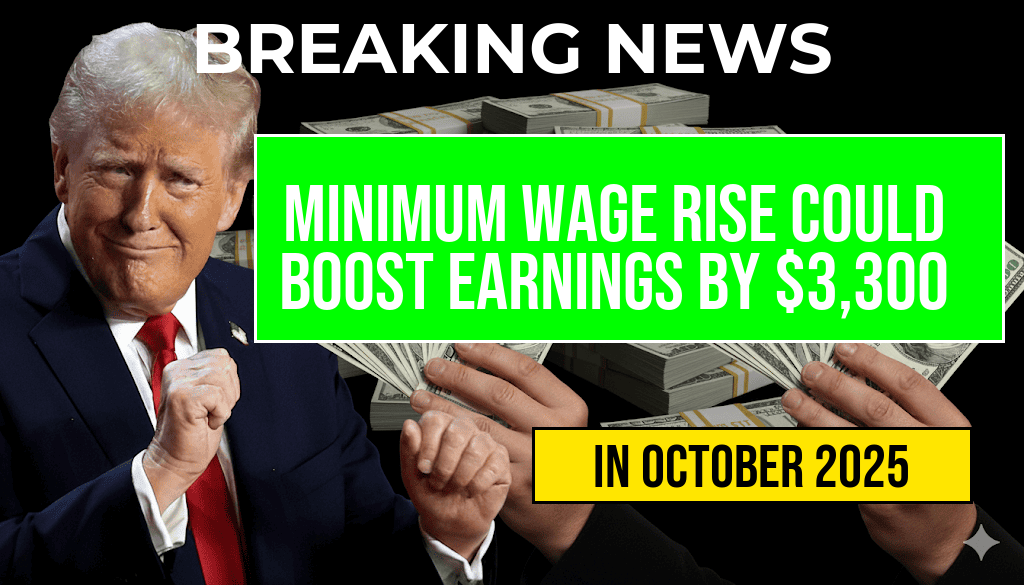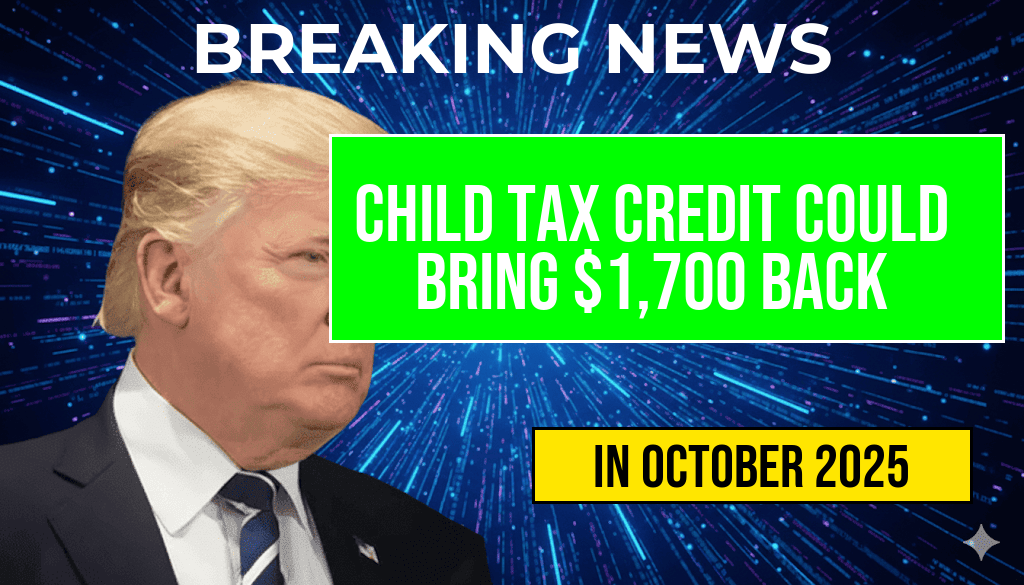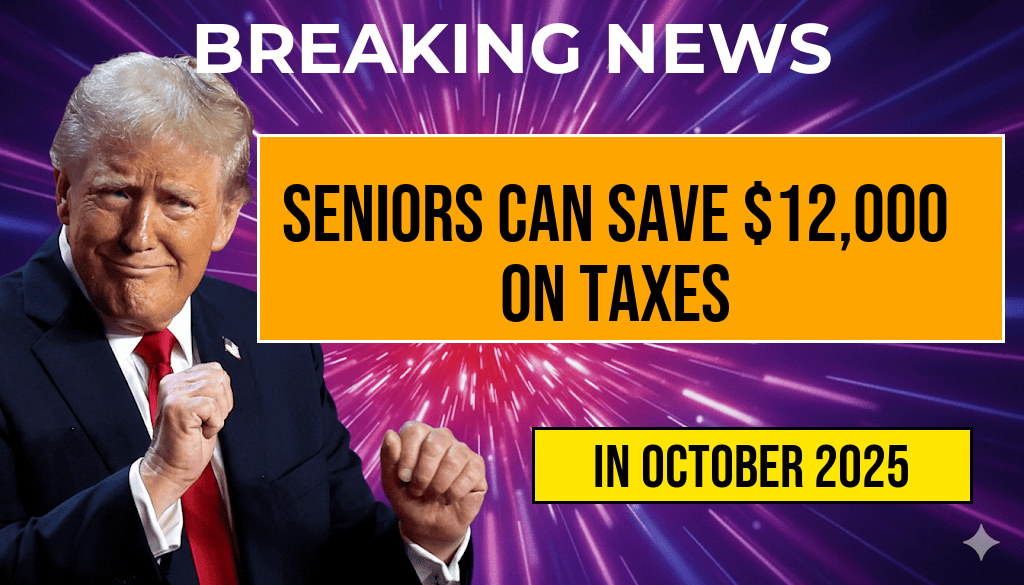The recent announcement that the federal minimum wage will increase to $15 per hour is projected to significantly impact millions of American workers. According to economic analyses, this adjustment could lead to an average annual earnings boost of approximately $3,300 for around thirty-two million employees nationwide. The change aims to address wage stagnation and improve living standards for low-income earners, but it also raises questions about its broader economic implications. As policymakers, businesses, and workers prepare for the transition, understanding the potential effects of this increase becomes crucial for informed decision-making and policy planning.
Understanding the Scope of the Wage Increase
The federal minimum wage, set in 2009 at $7.25, has remained unchanged for over a decade. The phased implementation to reach $15 reflects bipartisan efforts to ensure a living wage for the lowest-paid workers. The increase affects a diverse spectrum of industries, including retail, hospitality, healthcare, and manufacturing, where many employees earn near the federal minimum.
Who Will Benefit?
- Approximately 32 million workers earning less than $15 per hour.
- Part-time and full-time employees operating in low-wage sectors.
- Workers in states and cities that adopt the federal baseline, especially those in regions with high living costs.
Projected Earnings Impact
| Number of Workers | Average Increase in Earnings |
|---|---|
| 32 million | $3,300 |
These estimates are based on current wage distributions and assume consistent hours worked. The actual impact may vary depending on regional economic conditions, individual work hours, and employer adjustments.
Economic Implications and Debates
Potential Benefits
- Improved Standard of Living: Increased wages can help workers cover essential expenses, including housing, healthcare, and education.
- Reduced Poverty Levels: Higher earnings may lift many families above poverty thresholds, decreasing reliance on social safety nets.
- Economic Stimulus: Additional income can lead to increased consumer spending, potentially stimulating local economies.
Concerns and Criticisms
- Employer Costs: Businesses, especially small enterprises, may face higher labor expenses, possibly leading to reduced hiring or increased automation.
- Employment Effects: Critics argue that some employers might cut hours or jobs to offset increased wages, although empirical evidence remains mixed.
- Regional Variations: The uniform federal minimum may not align with cost-of-living differences across states, leading to debates about regional wage standards.
Policy Context and Future Outlook
The federal minimum wage increase aligns with efforts by lawmakers to address income inequality and promote economic equity. Several states and cities have already set their own minimum wages exceeding the federal baseline, reflecting regional economic realities. Experts suggest that the federal hike could serve as a catalyst for further wage reforms, potentially prompting a reevaluation of wage policies at multiple government levels.
Studies from sources like the Wikipedia page on minimum wage and economic research from institutions such as the Forbes indicate that while wage increases can improve worker welfare, balancing business sustainability remains complex. Policymakers are closely monitoring early data to assess the real-world outcomes of this significant wage adjustment.
Looking Ahead
As the new minimum wage takes effect, stakeholders across the economic spectrum will scrutinize its impacts. For workers earning near the federal floor, the increase offers tangible financial relief. For employers, the shift may necessitate operational adjustments. Overall, the change marks a significant step toward a more equitable wage structure, with ongoing debates about its long-term effects shaping future policy decisions.
Frequently Asked Questions
What is the main impact of the federal minimum wage increase to fifteen dollars?
The federal minimum wage increase to fifteen dollars is expected to boost the average annual earnings by approximately three thousand three hundred dollars for about thirty-two million workers.
How many workers are projected to benefit from the minimum wage increase?
Approximately thirty-two million workers are anticipated to benefit from the federal minimum wage increase, gaining higher earnings and improved financial stability.
What is the expected increase in annual earnings for affected workers?
The average annual earnings for workers impacted by the wage hike are projected to increase by around three thousand three hundred dollars.
When does the federal minimum wage increase take effect?
The federal minimum wage increase to fifteen dollars is scheduled to take effect on a specified date, with details depending on legislative implementation and state adjustments.
How might this wage increase influence the overall economy?
By increasing earnings for millions of workers, the wage hike could lead to increased consumer spending, potentially stimulating economic growth and reducing income inequality.






